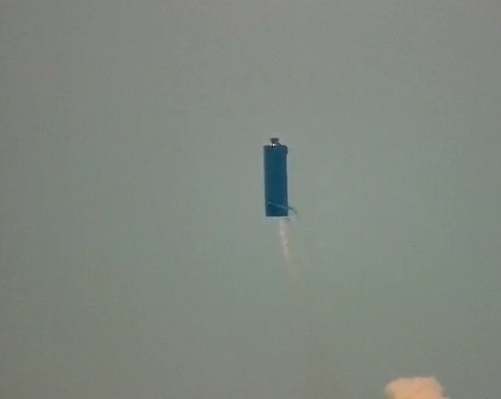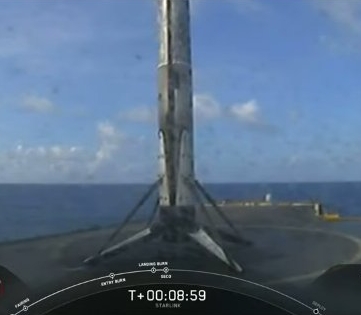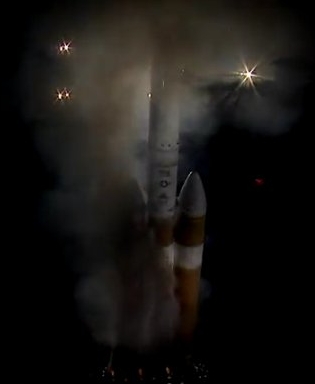NASA to buy lunar mined material from private companies
Capitalism in space: NASA yesterday announced that, rather than develop its own lunar sample missions, it wants to buy such lunar mined material obtained from private companies.
NASA on Thursday launched an effort to pay companies to mine resources on the moon, announcing it would buy from them rocks, dirt and other lunar materials as the U.S. space agency seeks to spur private extraction of coveted off-world resources for its use.
NASA Administrator Jim Bridenstine wrote in a blog post accompanying the announcement that the plans would not violate a 1967 treaty that holds that celestial bodies and space are exempt from national claims of ownership.
The initiative, targeting companies that plan to send robots to mine lunar resources, is part of NASA’s goal of setting what Bridenstine called “norms of behavior” in space and allowing private mining on the moon in ways that could help sustain future astronaut missions. NASA said it views the mined resources as the property of the company, and the materials would become “the sole property of NASA” after purchase.
This announcement continues NASA’s transition under the Trump administration from trying to run everything to simply being a customer buying what it needs and wants from the private sector. The idea is smart, as it will guarantee that these samples will be obtained in the cheapest and fastest way possible, while simultaneously sparking the development of a competitive and thriving private industry capable of flying all kinds of planetary missions. The lower costs of these private planetary probes will in turn will spark the creation of a new private sector of customers buying those probes for their own profit-centered needs.
Capitalism in space: NASA yesterday announced that, rather than develop its own lunar sample missions, it wants to buy such lunar mined material obtained from private companies.
NASA on Thursday launched an effort to pay companies to mine resources on the moon, announcing it would buy from them rocks, dirt and other lunar materials as the U.S. space agency seeks to spur private extraction of coveted off-world resources for its use.
NASA Administrator Jim Bridenstine wrote in a blog post accompanying the announcement that the plans would not violate a 1967 treaty that holds that celestial bodies and space are exempt from national claims of ownership.
The initiative, targeting companies that plan to send robots to mine lunar resources, is part of NASA’s goal of setting what Bridenstine called “norms of behavior” in space and allowing private mining on the moon in ways that could help sustain future astronaut missions. NASA said it views the mined resources as the property of the company, and the materials would become “the sole property of NASA” after purchase.
This announcement continues NASA’s transition under the Trump administration from trying to run everything to simply being a customer buying what it needs and wants from the private sector. The idea is smart, as it will guarantee that these samples will be obtained in the cheapest and fastest way possible, while simultaneously sparking the development of a competitive and thriving private industry capable of flying all kinds of planetary missions. The lower costs of these private planetary probes will in turn will spark the creation of a new private sector of customers buying those probes for their own profit-centered needs.



